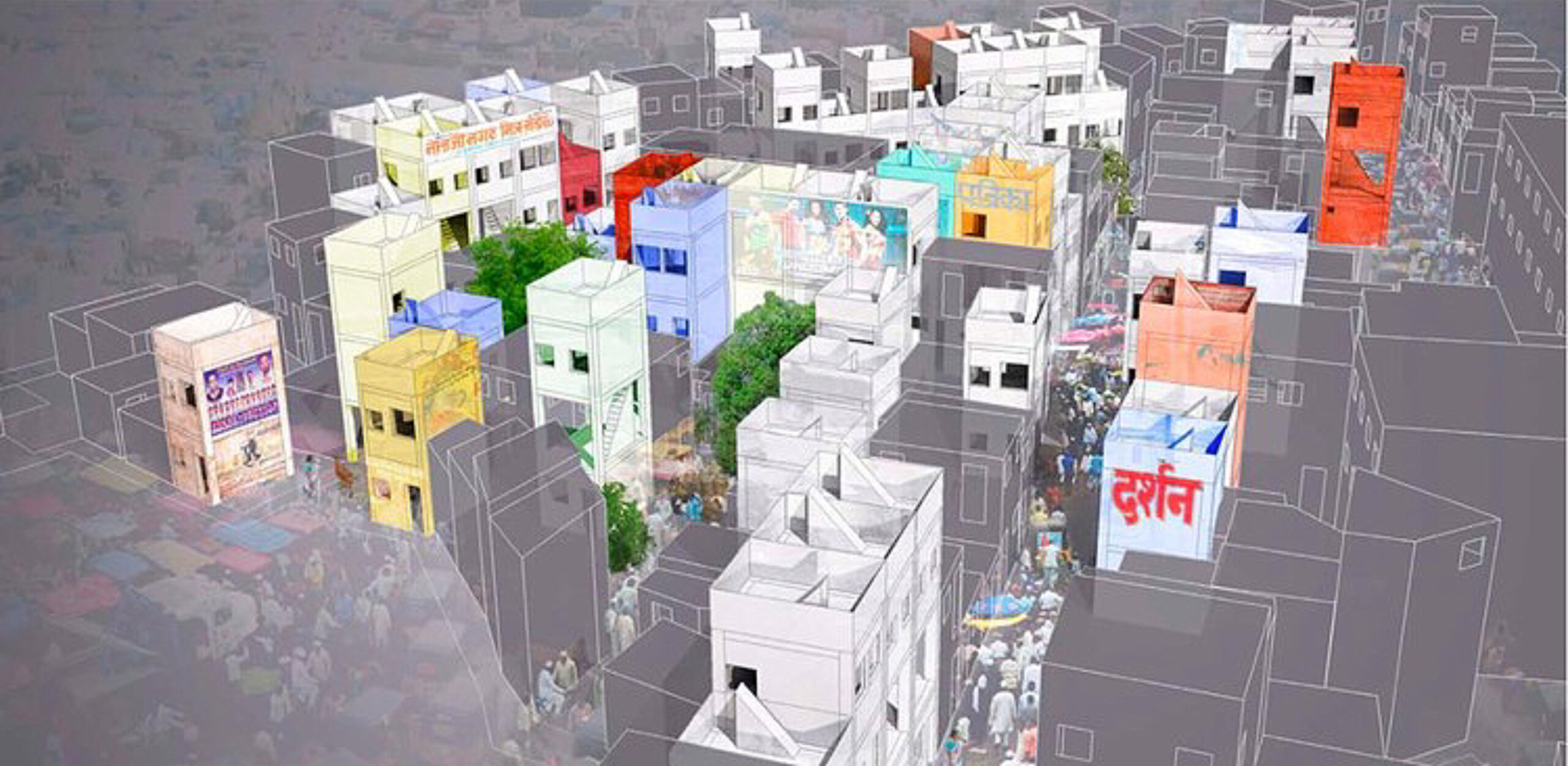
| Date | 2000 |
| Sponsoring Organization | Steering Committee for Humanitarian Response; InterAction |
| Website | www.sphereproject.org |
In 1997 a group of humanitarian aid agencies collaborated to create a set of standards for disaster response, aiming to improve quality and enhance accountability.
The project came of age during a moment of self-reckoning in the humanitarian community. The world was facing ever-more complex emergencies. Just a few years earlier, the Rwandan genocide had resulted in the deaths of between 500,000 to 800,000 people. To add to the already extraordinary human tragedy, as many as 80,000 more people died in the refugee camps, mainly from cholera and dysentery—both preventable.
In 1996 a group of researchers and field workers released a report on the humanitarian community’s response to the Rwandan crisis. “Study III” of the Joint Evaluation of Emergency Assistance to Rwanda criticized the lack of coordination and preparedness among the agencies that responded to the disaster and called for greater accountability within the aid community. At the same time there was a growing sense of unease among field workers and others about varied and sometimes poor response by some aid groups. As one policy researcher put it, “The days of accepting the ‘good work’ of humanitarian agencies were over.
The Sphere Project, initially spearheaded by the Steering Committee for Humanitarian Response and InterAction, offered a starting point for the discussion of a shared code of conduct. Field workers, policy analysts, and experts from a wide range of UN agencies, NGOs, and other groups participated in formulating the policy guidelines. In 2000 the group published the first edition of its Humanitarian Charter and Minimum Standards in Disaster Response. The standards covered five key areas: water and sanitation, nutrition, food aid, shelter, and health services. They outlined for the first time what people affected by disasters had a right to expect from humanitarian assistance.
Although the standards were intended to set a baseline for safeguarding the health and dignity of displaced persons, the organizers acknowledge that they may not be appropriate in all situations. For example, aid workers may find themselves in a situation where the normal standard of living in a country is so poor that the Sphere minimums actually offer a better standard of living, notes Jean McCluskey, a project coordinator. “So you have situations where you might want to alter the indicators to match the context…. Obviously, it’s best not to lower the standard, but if it creates problems in the local population, then something has to change.”
Since their inception the Sphere standards have been widely adopted. It is not uncommon for funders or project managers to ask whether a particular shelter design or settlement plan “meets Sphere standards,” and understanding those standards has become an essential tool for shelter experts responding to disasters.















READ OR LEAVE A COMMENT